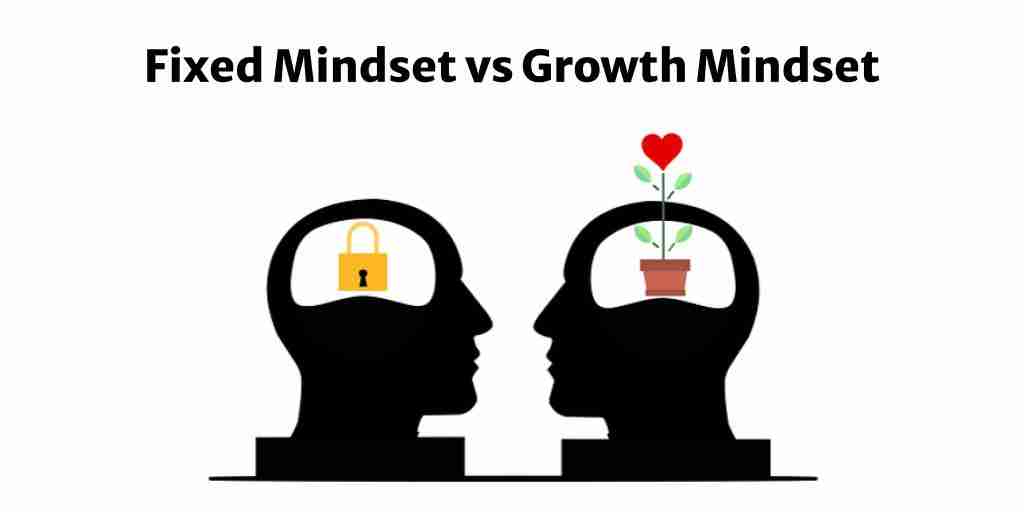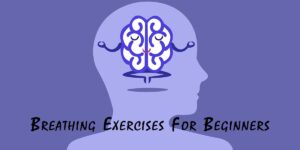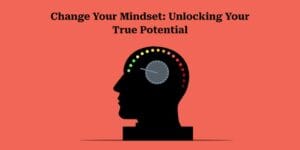Have you ever wondered why some people seem to thrive in the face of challenges, while others give up at the first sign of difficulty? It all comes down to the power of mindset. In the arena of personal development and success, two main mindsets have emerged as key players: the Growth Mindset and the Fixed Mindset. These mindsets shape how we perceive and approach our abilities, challenges, and ultimately, our potential for growth. So, let’s dive into the battle of mindsets and explore the fascinating world of the growth mindset versus the fixed mindset.
What is a Mindset?
Before we jump into the battle, let’s understand what a mindset actually is. In simple terms, a mindset refers to the collection of beliefs, attitudes, and assumptions we hold about ourselves and the world around us. It’s like a lens through which we view and interpret our experiences. Our mindset influences our thoughts, emotions, and actions, ultimately shaping the trajectory of our lives.
The Fixed Mindset
The Fixed Mindset, as the name suggests, is a mindset that believes our qualities and abilities are fixed and unchangeable. People with a fixed mindset believe that their intelligence, talents, and skills are predetermined traits that cannot be developed. They tend to avoid challenges, fearing failure and looking foolish. When faced with setbacks, they quickly give up, believing that effort is pointless if you’re not naturally gifted. Failure is seen as a reflection of their inherent flaws, leading to feelings of inadequacy and a fear of judgment.
The Growth Mindset
On the other side of the battle, we have The Growth Mindset. This mindset sees abilities and talents as malleable, something that can be cultivated and developed through effort and perseverance. People with a growth mindset embrace challenges, seeing them as opportunities for growth and learning. They believe that with dedication and hard work, they can improve their skills and achieve their goals. Setbacks and failures are viewed as valuable lessons and stepping stones toward success. This mindset fosters resilience, a love for learning, and a belief in the power of effort.
The Impact on Success and Achievement
Now that we have a clear understanding of both mindsets, let’s explore how they impact success and achievement.
- Fixed Mindset: Stagnation and Limitations
The fixed mindset puts limitations on our potential for growth and success. With the belief that abilities are fixed, individuals with a fixed mindset tend to avoid challenges that may expose their perceived weaknesses. As a result, they may miss out on opportunities to learn and develop new skills. The fear of failure and the need to prove oneself can also lead to a reluctance to take risks. These limitations can hinder personal and professional growth, preventing individuals from reaching their full potential. - Growth Mindset: Unlocking Potential
The growth mindset, on the other hand, is a catalyst for unlocking potential. With the belief that abilities can be developed, individuals with a growth mindset embrace challenges and see them as opportunities to grow. They are more likely to take risks, persist in the face of setbacks, and put in the effort needed to achieve their goals. This mindset opens doors to continuous learning and improvement, allowing individuals to reach higher levels of success and fulfillment.
Nurturing the Growth Mindset
If the growth mindset has such powerful benefits, how can we nurture and cultivate it?
- Embrace Challenges and Setbacks
To develop a growth mindset, it’s crucial to embrace challenges and setbacks as opportunities for growth. Instead of avoiding them, ask yourself, “What can I learn from this?” and “How can I improve?” Embracing challenges with a positive attitude can help shift your mindset towards growth and development. - Cultivate a Love for Learning
A growth mindset thrives on a love for learning. Make a habit of seeking new knowledge and skills, both within your area of expertise and outside of it. Develop a curiosity to explore new ideas, perspectives, and experiences. Remember, every new thing you learn is an opportunity to expand your abilities and move closer to your goals. - Practice Resilience and Persistence
Resilience and persistence are key traits of a growth mindset. When faced with setbacks, view them as temporary roadblocks rather than permanent failures. Learn from your mistakes, adapt your strategies, and keep moving forward. By persevering through challenges, you build resilience and develop the belief that your efforts will eventually lead to success. - Surround Yourself with Growth-Minded Individuals
The people we surround ourselves with can greatly influence our mindset. Seek out and surround yourself with individuals who have a growth mindset. Engage in conversations that inspire and motivate you to grow. By surrounding yourself with growth-minded individuals, you create an environment that supports and reinforces your own growth mindset.
Conclusion
In the battle of mindsets, the Growth Mindset emerges as the victor. With its belief in the power of effort, resilience, and continuous learning, the growth mindset paves the way for personal and professional growth. By embracing challenges, cultivating a love for learning, practicing resilience, and surrounding yourself with growth-minded individuals, you can nurture and develop a growth mindset that will propel you towards success.
So, which mindset will you choose? Will you embrace the fixed mindset and be confined by limitations, or will you embrace the growth mindset and unlock your true potential? The battle is yours to fight, and the choice is yours to make.




I was very pleased to find this web-site.I wanted to thanks for your time for this wonderful read!! I definitely enjoying every little bit of it and I have you bookmarked to check out new stuff you blog post.